


Industry News
Recently, “Carbon neutrality”has become a buzzword, referring to the net zero emission of carbon dioxide, that is, achieving an increase in the amount of carbon dioxide equivalent to the reduction, reducing the impact of anthropogenic emissions on nature to almost negligible levels. Carbon neutrality is not “Absolute zero emission”and can be considered carbon neutral if technologies such as Afforestation and carbon capture (CCUS) remove man-made greenhouse gases.
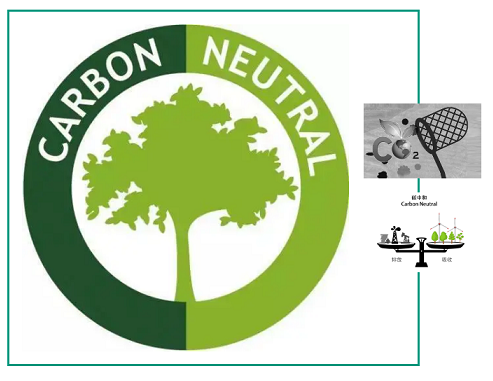
Why carbon neutrality? It starts with climate change. Experts from China’s environmental journalists association say climate change is causing an increasing number of extreme weather events with a growing impact. Serious damage to the marine ecosystem, ocean acidification, sea level rise, glacier retreat and so on. High temperature heat wave, extreme heavy precipitation and other meteorological disasters not only cause economic losses, but also cause millions of deaths worldwide. Climate change also affects ecosystems, and locust plagues in places such as Africa pose a serious threat to food security.

By October 2020,126 of the world’s 197 countries had set a carbon neutral goal for this century, according to preliminary statistics. Bhutan and Suriname have very high forest cover rates of 72 per cent and 93 per cent respectively, generating greenhouse gases that can be offset by natural carbon sinks and have been carbon-neutral. The remaining regions have a carbon neutral target year of 2035 to 2060, with Finland in 2035; Austria and Iceland in 2040; Sweden in 2045; Germany, Britain, France, South Korea, Canada and other countries in 2050; and China in 2060.
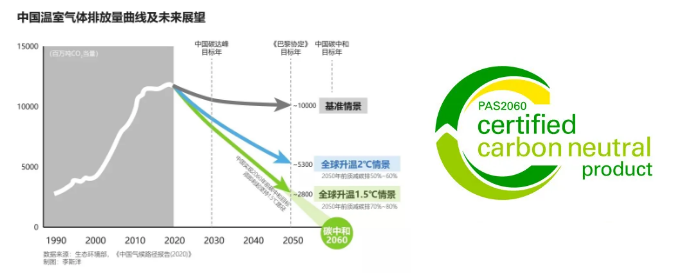
Jiang Kejun, a researcher at the Energy Research Institute of the National Development and Reform Commission, said that if China is to achieve carbon neutrality by 2060, it must start immediately and work along the 1.5 °C path to substantially increase its carbon reduction input, strive to achieve 75% ~ 85% greenhouse gas emission reduction by 2050.
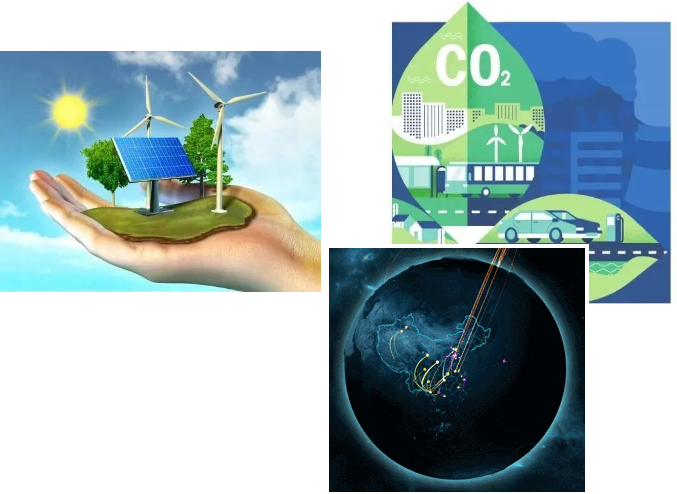
The total contribution rate of sewage treatment industry to global greenhouse gas is only 2% ~ 5% , but it is also under the pressure of carbon emission reduction and even carbon neutralization. The way to achieve carbon neutrality in wastewater treatment is to directly use clean energy or indirectly offset carbon emissions through special means. Clean energy includes solar, wind, and tidal energy, but the constraints of location, location, and light do not apply to most Sewage Treatment.
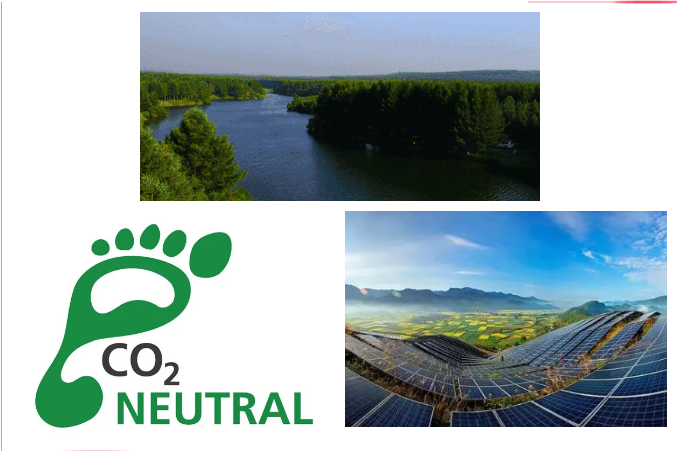
In fact, in view of China’s requirements for total pollutant emission control in recent years, the near zero emission and ultra-low concentration emission standards for industrial systems, as well as the huge waste heat energy contained in industrial production and sewage, with the combination of energy saving and sewage treatment technology, the heat or cold can be exchanged out by water source heat pump technology. Compared with organic energy, waste heat energy has great potential. It can not only meet the need of carbon neutralization, but also be used for low temperature drying of sludge and off-site heating and cooling A sizeable and realizable amount of carbon trading can be exchanged through an increasingly sophisticated carbon trading market.
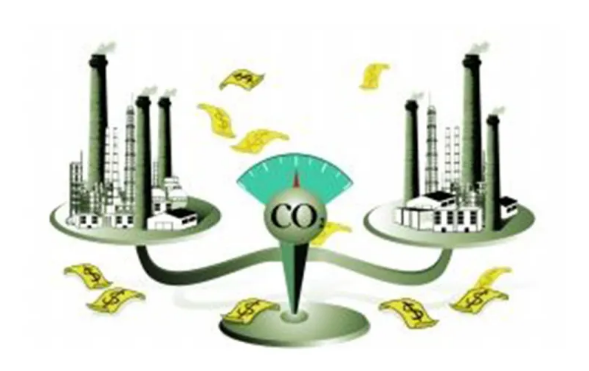
Therefore, the best way to reduce the carbon emission of sewage treatment is to start with the process of nutrient removal or sewage potential, through reducing energy consumption, drug consumption or tapping the energy contained in sewage. Energy consumption and drug consumption saving is of positive significance to energy saving and emission reduction, but it is still a long way from the goal of carbon neutrality.
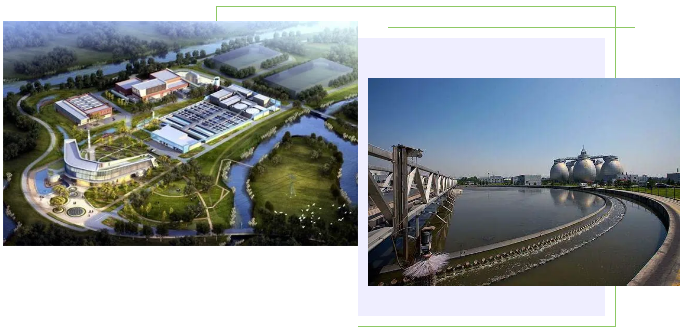
Carbon neutrality has become an international consensus, and businesses will soon have to face the daunting task. As far as wastewater treatment is concerned, carbon neutrality is not difficult to achieve and there are no technical barriers. By renewing the concept, the Sewage Treatment can turn itself into a true “Energy factory”.
